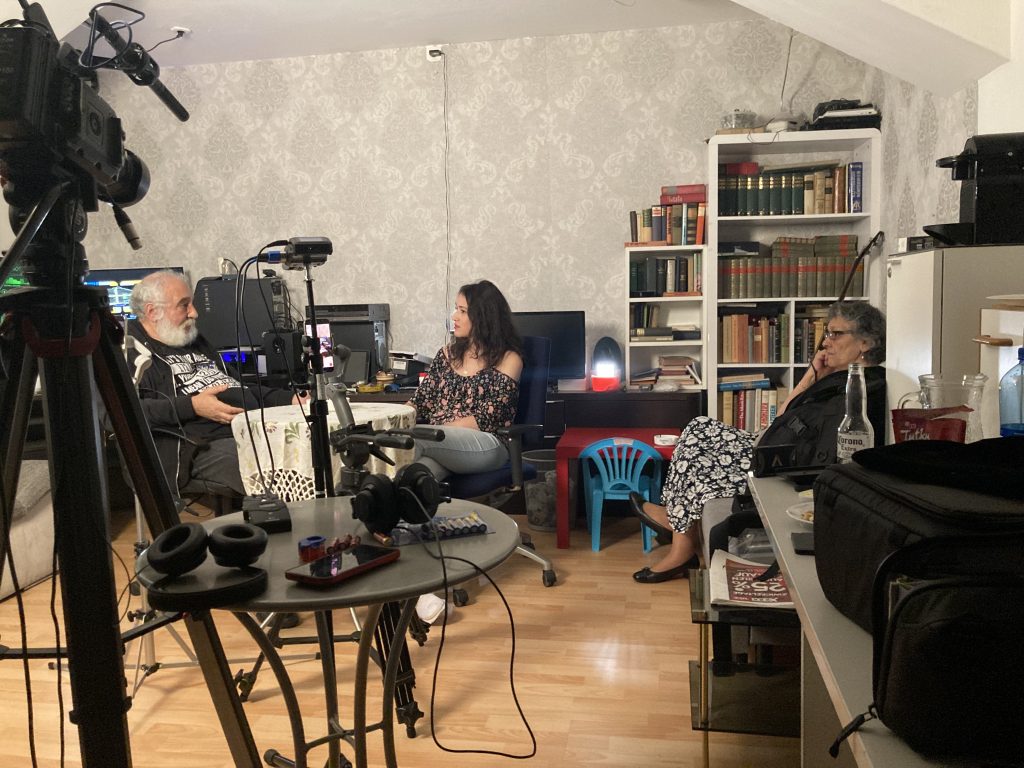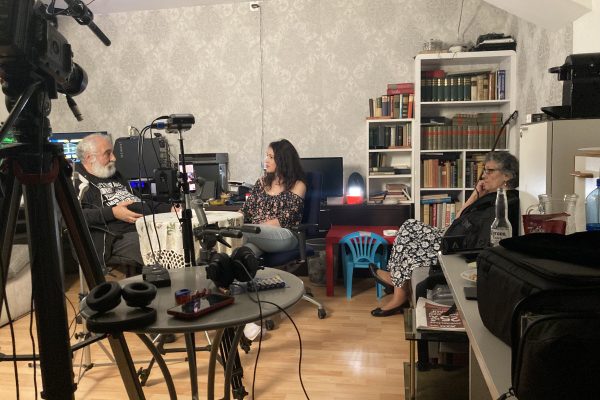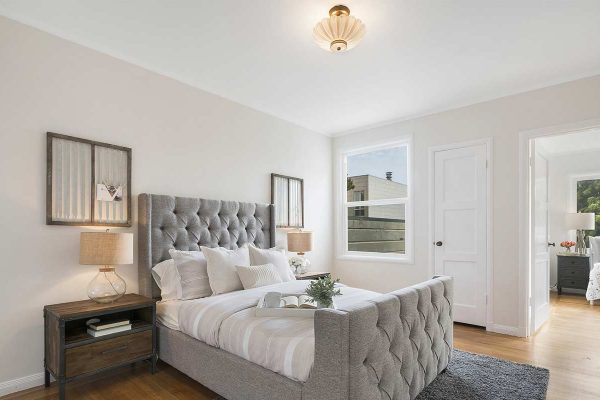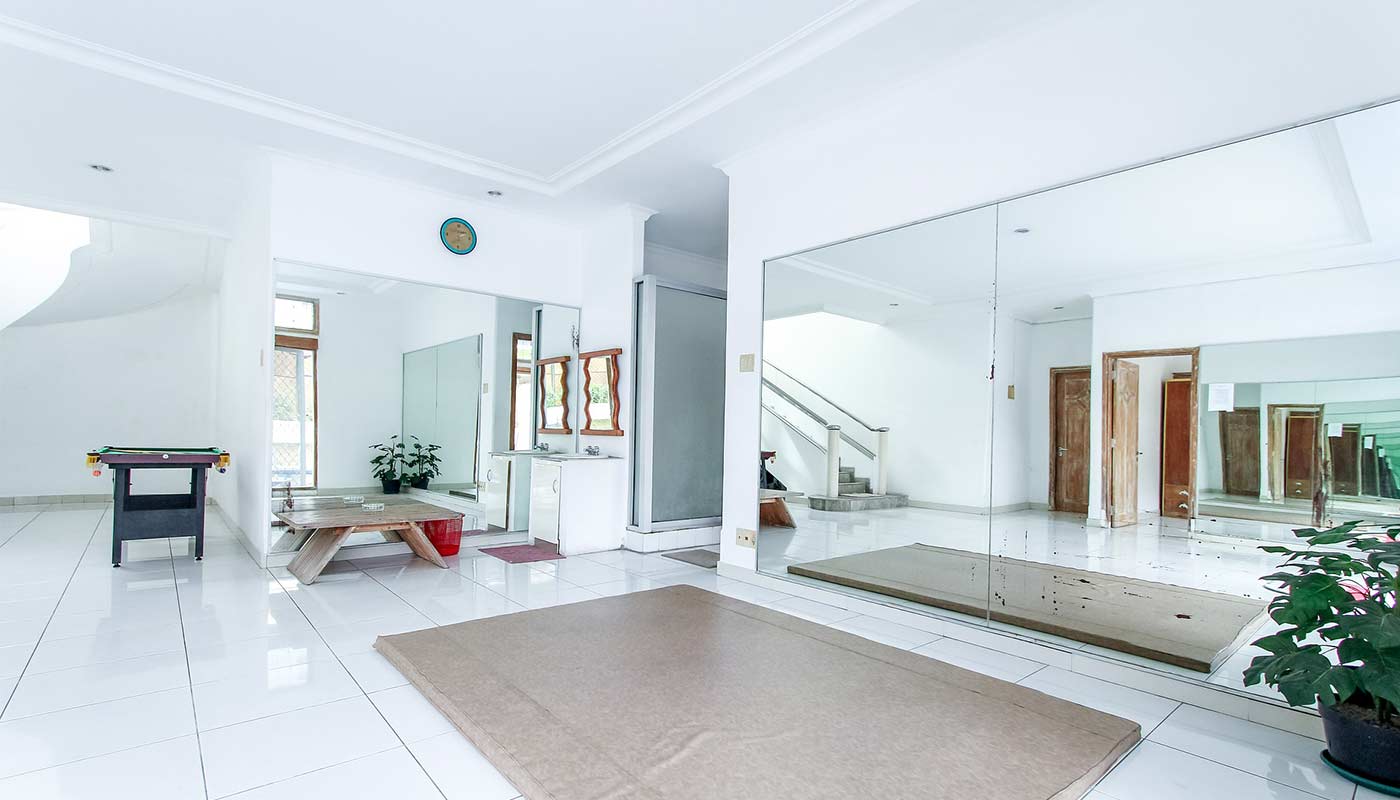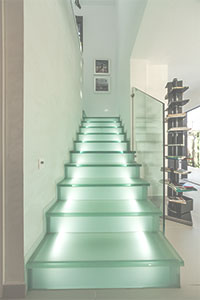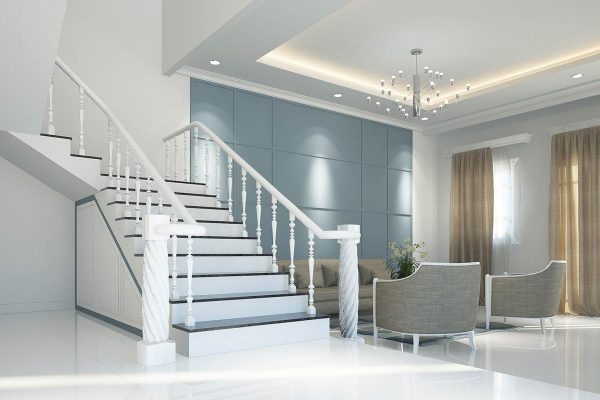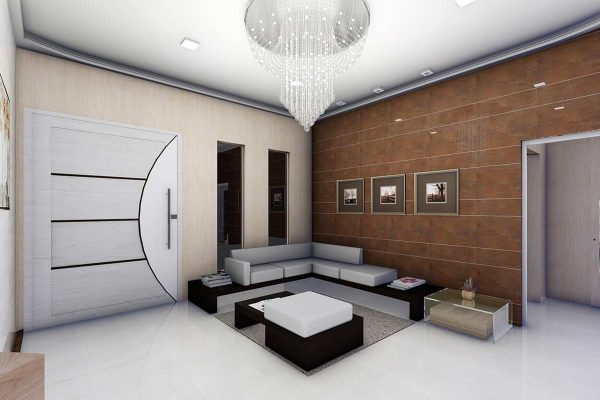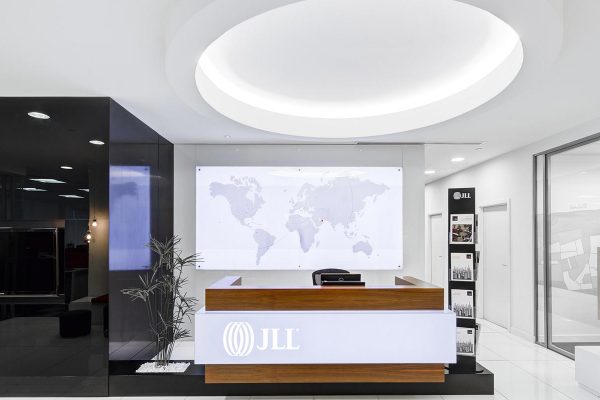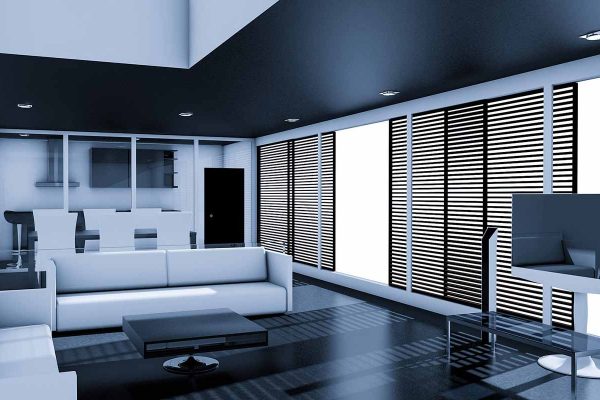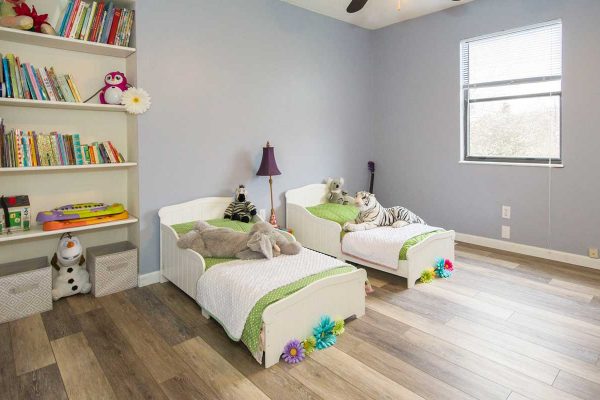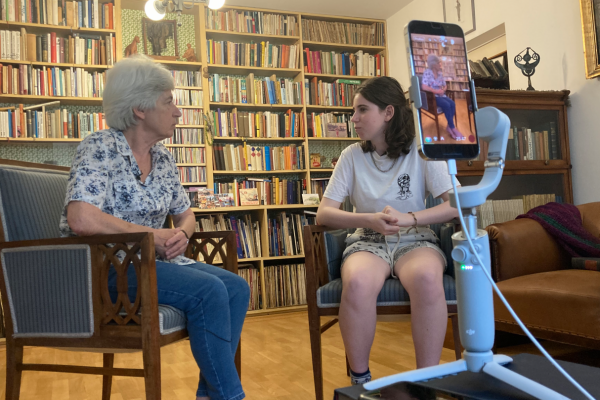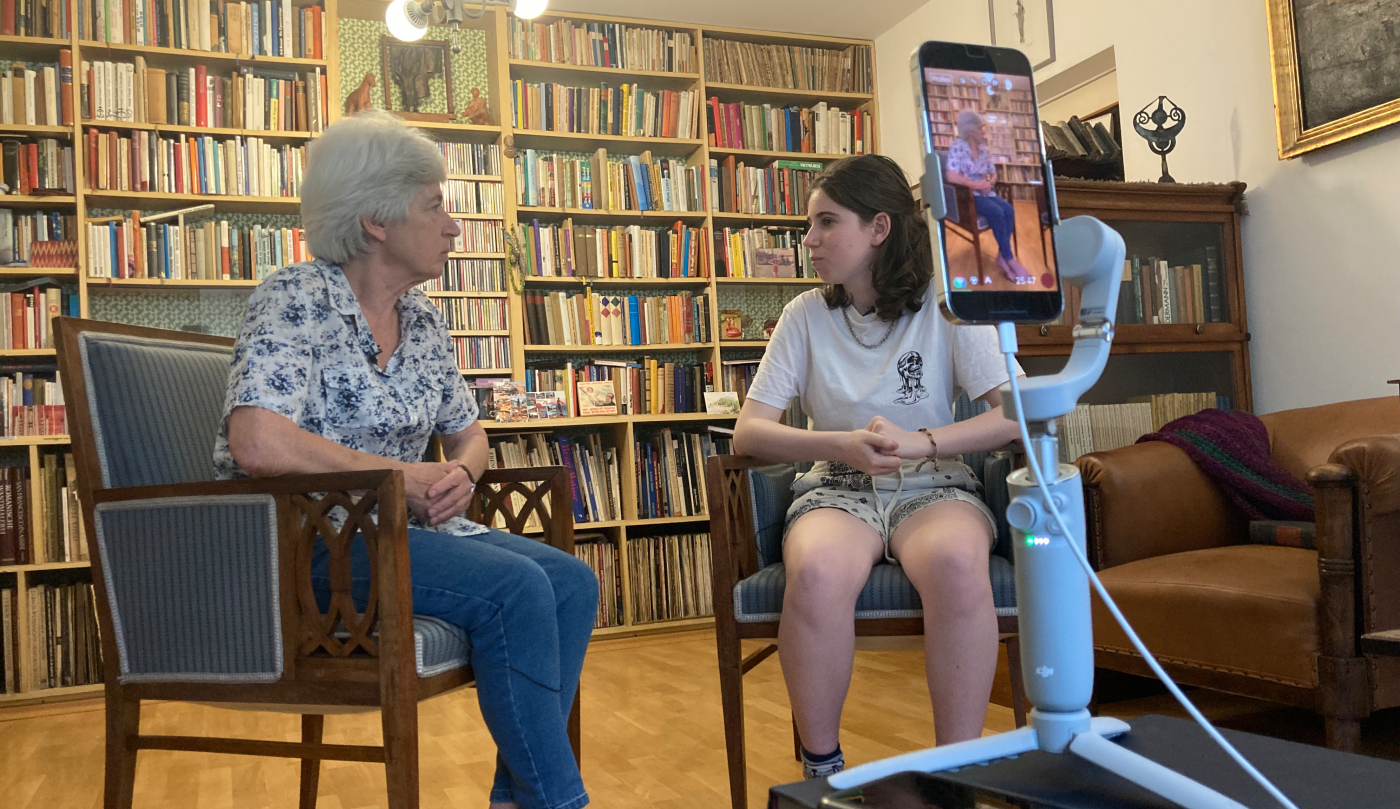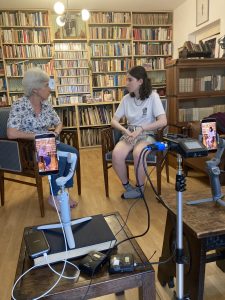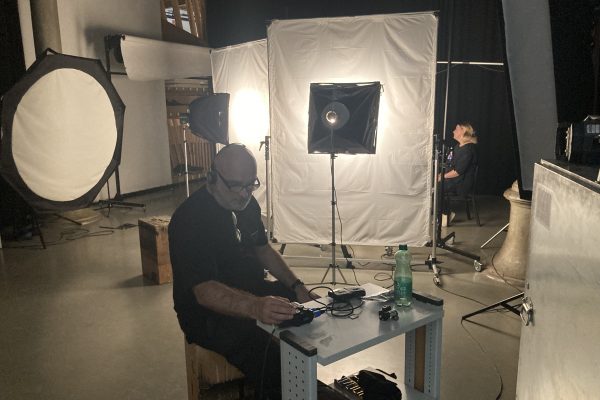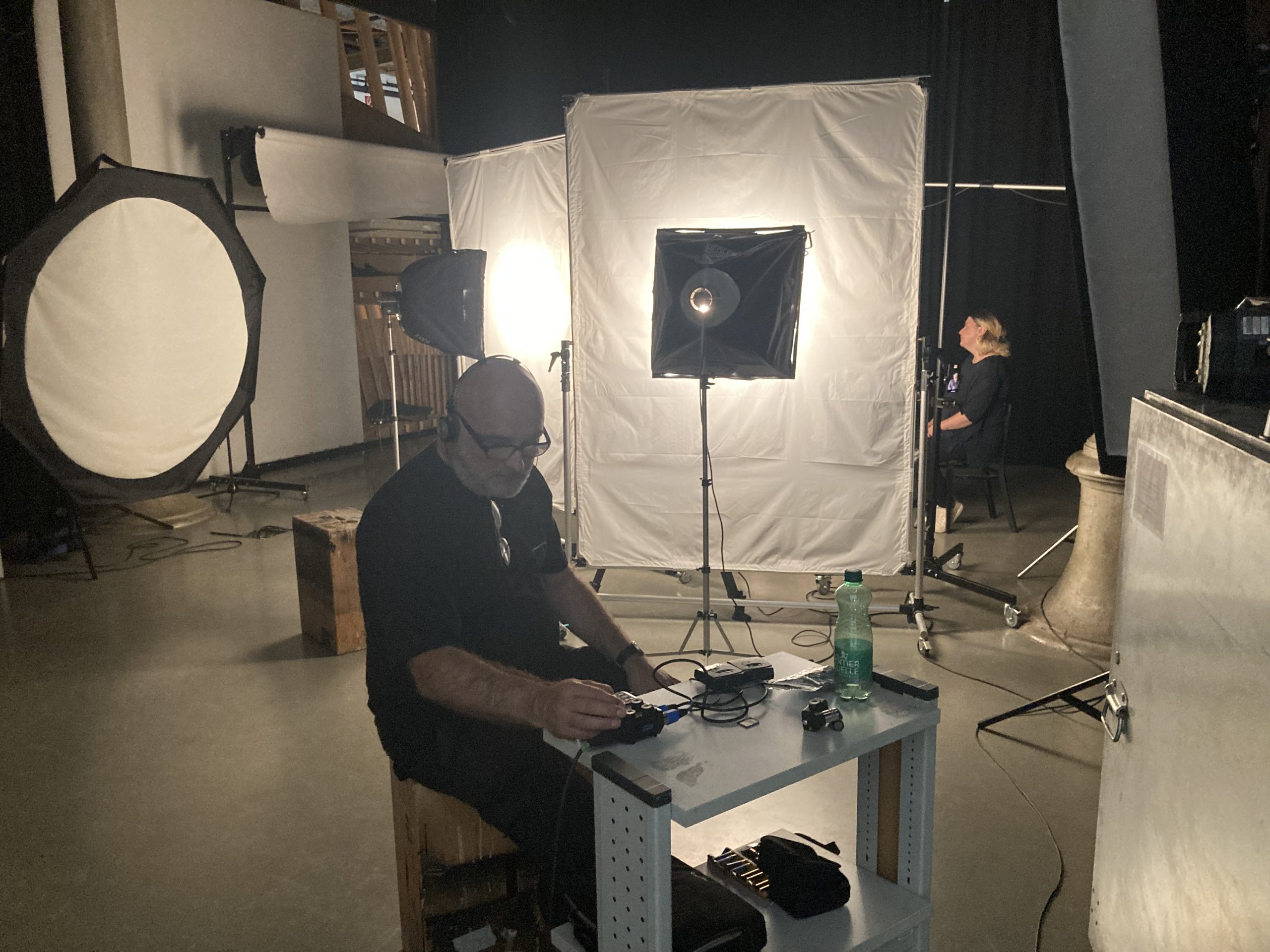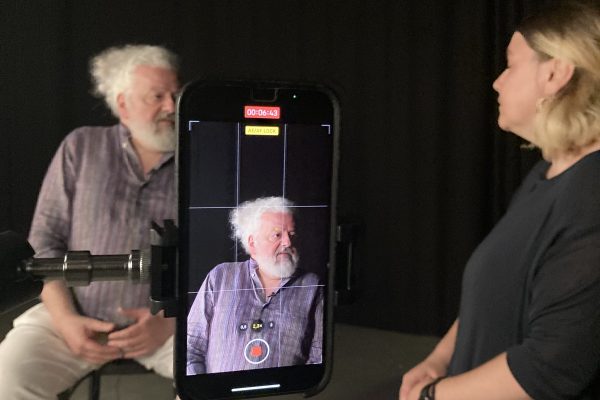Synoptic storytelling in a multidirectional Vienna stages the “Synoptic Portraits” method developed by Friedemann Derschmidt and evaluates its potential in terms of how we understand, learn and teach history and memory politics in Vienna’s diverse migration society. Based on specific examples of multilingual and transgenerational, video-based memory narratives, it will be shown how artistic potential can serve to counteract memory competition by working out the individual, diverse, global, and local dimensions of identities and their stories and specifically connecting them with each other. The project operationalizes the concepts of multidirectional memory (Rothberg, 2009) and postmemory (Hirsch, 2002), which are based on discourse analyzes of the artistic-discursive field, by examining how different memory narratives and family memories, which are also in conflict with one another, run through the subject positions of the narrators. What Rothberg 2009 shows as externalized, conflict-ridden, and yet connectable group discourses are embedded in the arrangement of the synoptic portrait in the individual narratives by a speaker. With this, we propose a method of artistic display practice that makes it possible to make the decentering of the subject visible with the aim of being able to work out the non-identitarian aspect of the historical-political moment. The video installations in museums and educational institutions based on synoptic portraits are intended to create aesthetic spaces of possibility in order to make cognitive dissonance (Festinger, 1957) perceptible not only in what is felt to be “foreign” but also in what is “one’s own.” In the best case, it would be possible to show to what extent the threatening nature of the other arises from one’s own false projection (Horkheimer, Adorno 1969). The perception of difference in Vienna’s urban space is seen as an opportunity to integrate one’s own parts of foreignness and to initiate processes of solidarity. These initial theses will be tested and further developed through participatory research with visitors to our planned exhibitions and in school classes.
